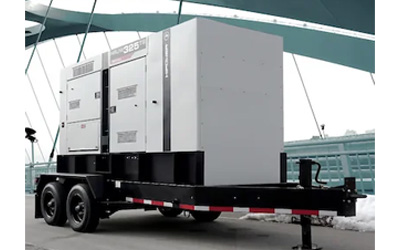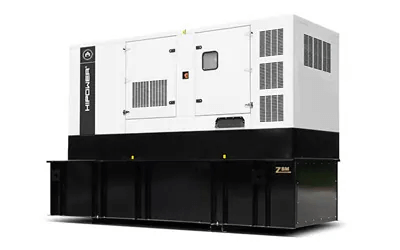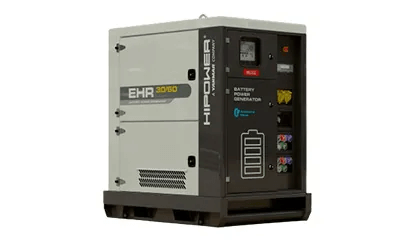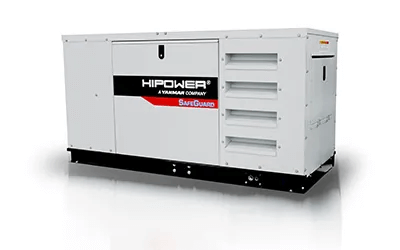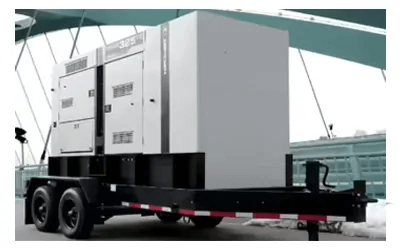HiPower Systems Generators
HIPOWER SYSTEMS understands the reliable, cost-effective power-generation solutions your projects require and the demanding conditions of your field locations.
In short, they understand you.
Founded in 1982 as HIMOINSA®, HiPower set out to offer power generation solutions capable of satisfying continuous, clean, and efficient energy supply needs for customers in southeast Spain and the surrounding area. By providing world-class products that deliver the best experience possible to customers, they expanded their presence to more than 100 countries across five continents.
Today, as U.S. based HIPOWER SYSTEMS, they are the principal supplier of power distribution and prime, standalone power generation equipment and packages to the U.S. and Canadian markets. They work non-stop to ensure end-users reap the most possible benefit from their equipment and expertise. They serve Residential, Commercial, and Industrial sectors.
They serve you.
Or, rather, they would like the opportunity to serve you. Check out their generators and power generation packages detailed herein. You will be glad that you did. Call us today to learn more about HiPower Systems Generators!
